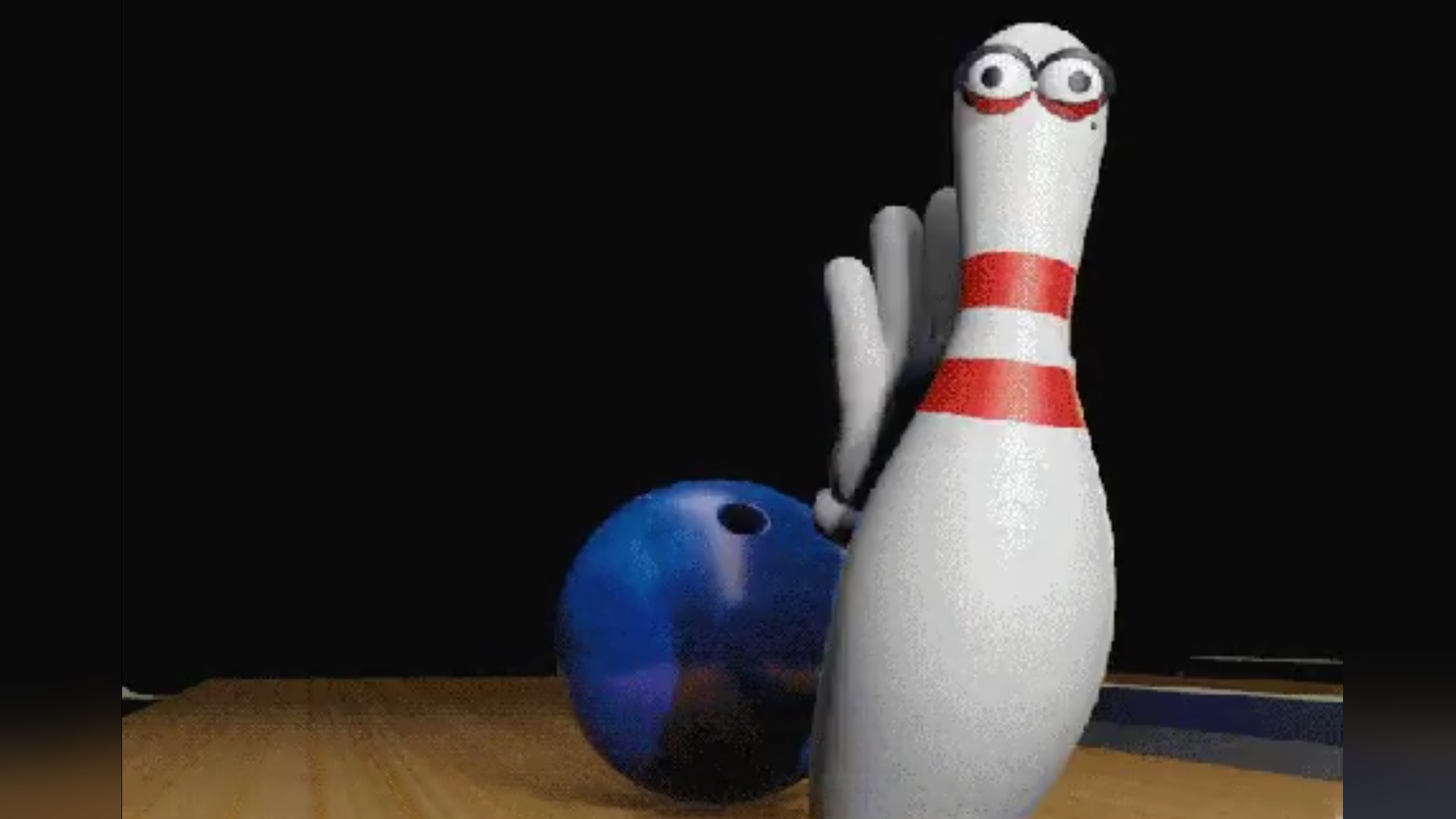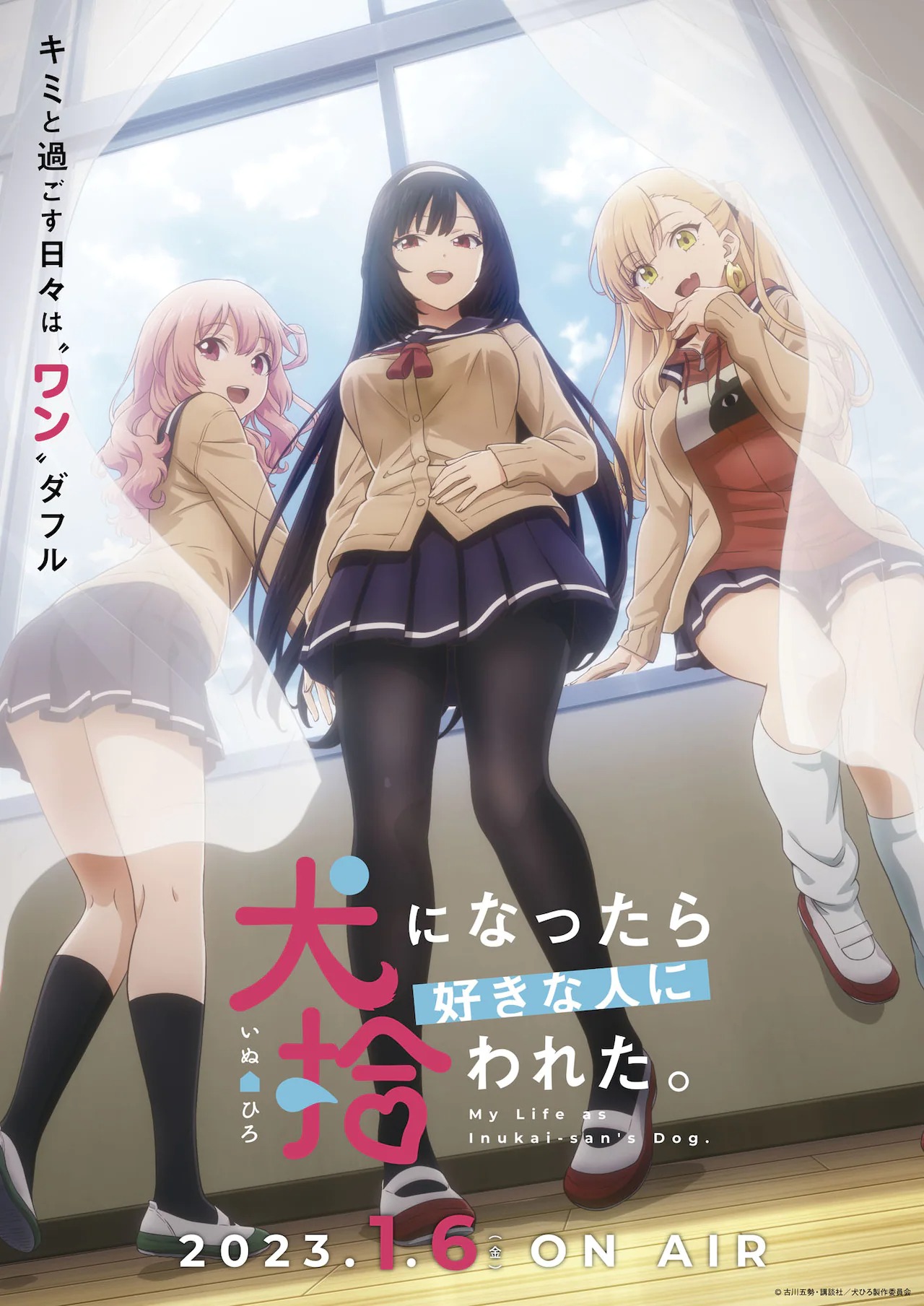Alright, let’s dive into this. If you're here, chances are you've stumbled upon the term "Maplestar" and are curious about what it means, especially when it comes to anime animations and NSFW (Not Safe For Work) content. Let me break it down for you in a way that’s easy to understand, while still giving you the juicy details you’re craving. Buckle up, because we’re about to go deep into this rabbit hole.
Now, before we dive headfirst into the world of Maplestar anime animations, I want to give you a heads-up. This isn’t just another anime review or a casual chat about your favorite shows. We’re talking about content that’s explicit, adult-oriented, and definitely not for everyone. If you’re underaged, this probably isn’t the article for you. But if you’re ready to explore the darker corners of the anime world, then let’s get started.
By the end of this article, you’ll have a clear understanding of what Maplestar is, why it’s controversial, and how it fits into the broader anime culture. Plus, we’ll touch on some of the ethical debates surrounding NSFW anime content. So, grab your snacks, settle in, and let’s unpack this together.
Before we dive into the nitty-gritty, here's a quick table of contents to help you navigate through this article:
- What is Maplestar?
- History of Maplestar Anime
- NSFW Content in Maplestar
- The Role of NSFW Content in Anime Culture
- Legal and Ethical Issues Surrounding Maplestar
- How to Access Maplestar Anime
- Alternatives to Maplestar
- Community Reaction to Maplestar
- The Future of Maplestar Anime
- Conclusion: Is Maplestar Worth It?
What is Maplestar?
Alright, let’s start with the basics. Maplestar is a term that’s been floating around in the anime community, especially when it comes to NSFW content. But what exactly is it? Simply put, Maplestar refers to a collection of anime animations that focus heavily on adult themes, including explicit sexual content. It’s not just one series or platform; rather, it’s a broad category that encompasses various creators, studios, and platforms.
Now, here’s the thing: Maplestar isn’t exactly a household name. It’s more of an underground phenomenon, known primarily to fans of adult anime content. Think of it as the edgier, more risqué cousin of mainstream anime. It’s not something you’d stumble upon by accident; you have to actively seek it out. And trust me, once you do, you’ll find a whole world of content that’s both fascinating and controversial.
- Steve Schmidt From Republican Strategist To Lincoln Project Founder
- Deana Carter News Tour Dates New Song Rich Net Worth 2024
But why the name "Maplestar"? Well, that’s where things get a little murky. Some say it’s a nod to a specific creator or studio, while others believe it’s just a catchy term that stuck. Either way, it’s become synonymous with high-quality, adult-oriented anime animations.
History of Maplestar Anime
So, how did Maplestar even come to be? To understand that, we need to take a trip back to the early days of anime. Anime, as we know it today, has always had a niche for adult content. From hentai to ecchi, there’s no shortage of explicit material in the anime world. Maplestar, however, takes things to a whole new level.
The origins of Maplestar can be traced back to the late 2000s and early 2010s, when the internet made it easier for creators to share their work with a global audience. Independent studios and artists began experimenting with adult themes, pushing the boundaries of what was considered acceptable in anime. Maplestar emerged as one of the leaders in this space, producing animations that were both visually stunning and explicitly adult.
Over the years, Maplestar has evolved, adapting to changing tastes and technologies. Today, it’s more popular than ever, with a dedicated fanbase and a growing library of content. But with that popularity comes scrutiny, and that’s where things get interesting.
Key Milestones in Maplestar’s History
- 2009: The first Maplestar animations begin to appear on underground forums.
- 2012: Maplestar gains traction on platforms like Tumblr and Reddit.
- 2015: Maplestar studios start producing more polished, high-quality animations.
- 2020: Maplestar becomes a household name (well, among certain households) in the adult anime community.
NSFW Content in Maplestar
Alright, let’s talk about the elephant in the room: the NSFW content. Maplestar is famous (or infamous, depending on your perspective) for its explicit sexual themes. But what exactly does that mean? Is it just hentai with a fancier name, or is there more to it?
Well, here’s the deal: Maplestar animations go beyond the typical tropes of hentai. While traditional hentai often focuses on repetitive or formulaic content, Maplestar takes a more artistic approach. The animations are often beautifully crafted, with attention to detail that rivals mainstream anime. It’s not just about the explicit content; it’s about how that content is presented.
That being said, Maplestar isn’t for everyone. The explicit nature of the content means it’s definitely not safe for work—or for public consumption, for that matter. If you’re easily offended or uncomfortable with adult themes, this probably isn’t the content for you.
Common Themes in Maplestar NSFW Content
- Exploration of taboo relationships
- Focus on character development and storytelling
- High-quality animation and art direction
- Blurring the lines between adult content and artistic expression
The Role of NSFW Content in Anime Culture
Now, let’s zoom out for a second and look at the bigger picture. Where does Maplestar fit into the broader anime culture? Well, the truth is, NSFW content has always been a part of anime. From the early days of hentai to the modern era of adult animations, there’s no denying that explicit themes have played a significant role in shaping the industry.
But here’s the thing: not everyone is on board with it. Some fans argue that NSFW content detracts from the artistic integrity of anime, while others believe it’s an essential part of the medium’s diversity. Maplestar sits right in the middle of this debate, challenging viewers to reconsider their preconceptions about adult content.
And let’s not forget the economic impact. Maplestar and similar content have created a thriving market for adult anime, providing opportunities for independent creators to make a living doing what they love. It’s not just about entertainment; it’s about supporting artists and encouraging creative expression.
Legal and Ethical Issues Surrounding Maplestar
Of course, with great power comes great responsibility. Maplestar isn’t without its controversies. One of the biggest issues surrounding Maplestar is the legality of its content. In many countries, explicit animations that depict minors—even if they’re fictional—are considered illegal. This has led to crackdowns on platforms that host Maplestar content, as well as increased scrutiny of creators and distributors.
Then there’s the ethical debate. Some argue that consuming explicit content, even in the form of animations, can have negative effects on individuals and society as a whole. Others believe that as long as the content is consensual and fictional, it’s a harmless form of entertainment.
So, where do we draw the line? That’s a question that’s still being debated, both within the anime community and beyond.
Key Legal Challenges Facing Maplestar
- Child pornography laws in various countries
- Censorship and platform bans
- Intellectual property disputes
How to Access Maplestar Anime
Alright, so you’ve made it this far, and you’re curious about how to actually access Maplestar content. Fair enough. But before we get into that, let me reiterate: this is adult content. If you’re not ready for it, that’s totally okay. There’s no shame in saying no.
That being said, if you’re over 18 and want to explore Maplestar, here are a few tips:
First, do your research. Not all platforms are created equal, and some may host illegal or questionable content. Stick to reputable sites that prioritize the safety and privacy of their users.
Second, be mindful of your digital footprint. Accessing NSFW content can have consequences, especially if you’re not careful about your online activity. Use a secure connection and consider using a VPN if you’re concerned about privacy.
And finally, remember to consume responsibly. Adult content is just that—content. It’s not a reflection of real life, and it’s important to keep that in mind.
Popular Platforms for Maplestar Anime
- Patreon
- Fanbox
- OnlyFans
Alternatives to Maplestar
Not into Maplestar but still interested in adult anime? No problem. There are plenty of alternatives out there that offer similar content without the controversy. Some popular options include:
Hentai anime from established studios like Anime R
Ecchi series that push the boundaries of mainstream anime
Independent creators who focus on storytelling and character development
Just remember, as with anything, it’s important to do your research and make sure the content you’re consuming aligns with your values.
Community Reaction to Maplestar
So, what do people actually think about Maplestar? The answer, as you might expect, is mixed. Some fans love it, praising its artistic merit and willingness to tackle taboo subjects. Others are more critical, arguing that it perpetuates harmful stereotypes or glorifies illegal content.
But here’s the thing: the anime community is diverse, and there’s room for all kinds of opinions. Whether you love Maplestar or hate it, the important thing is to engage in respectful dialogue and understand where others are coming from.
Common Criticisms of Maplestar
- Promotion of harmful content
- Lack of diversity in representation
- Exploitation of creators for profit
The Future of Maplestar Anime
So, where is Maplestar headed? That’s the million-dollar question, and the truth is, no one really knows. What we do know is that the demand for adult anime content isn’t going anywhere anytime soon. As technology continues to evolve, we can expect to see even more sophisticated animations and immersive experiences.
But with that comes increased scrutiny. Governments and platforms are likely to continue cracking down on illegal or questionable content, which could have a significant impact on the Maplestar community. Only time will tell how creators and fans adapt to these changes.
Conclusion: Is Maplestar Worth It?
Alright, let’s wrap this up. Maplestar is a fascinating phenomenon in the world of anime, offering a unique blend of artistic expression and adult content. But it’s not without its challenges. From legal issues to ethical debates, there’s a lot to consider before diving into this world.
If you’re over 18 and interested in exploring Maplestar, go for it. Just make sure you’re doing it responsibly and with an open mind. And if it’s not your thing, that’s totally okay too. There’s no one-size-fits-all answer when it comes to adult content.
So, what’s next? Leave a comment and let me know what you think about Maplestar. Are you a fan, or do you think it’s overhyped? Whatever your opinion, I’d love to hear it. And don’t forget to share this article with your friends if you found it helpful. Until next time, stay curious and keep exploring!
- Eric Mabius From Early Life To Hollywood Star Beyond
- Cj Spiller Jerseys Score Big With Bills Gear More


